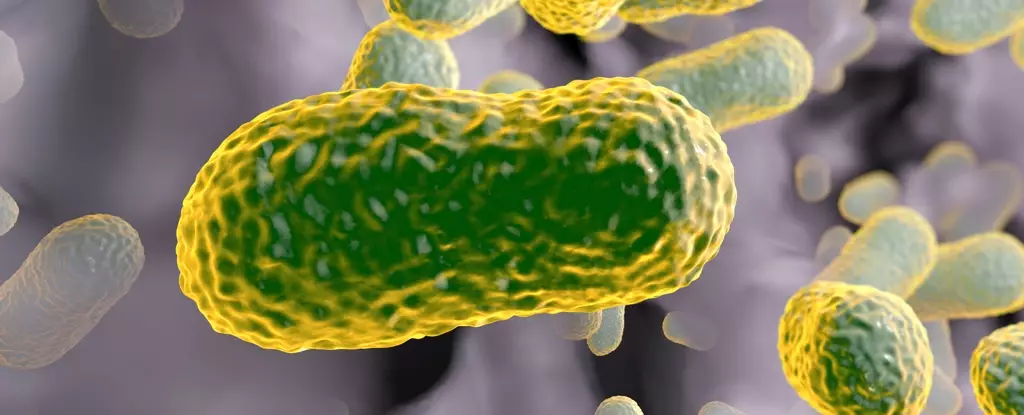The relentless advance of antibiotic resistance poses a significant threat to global health, and as traditional antibiotics fail against increasingly resilient strains, the need for innovative solutions becomes more pressing. In an unexpected turn of events, an antibiotic abandoned decades ago may offer a fresh avenue for tackling these drug-resistant pathogens. The attention now is on nourseothricin, a natural antibiotic compound derived from soil bacteria that, despite its historical toxicity concerns, is being re-evaluated for its potential applications in modern medicine.
The field of antibiotics underwent a revolutionary phase during the mid-20th century, often referred to as the “golden age” of antibiotic discovery. During this era, an extensive range of drugs was isolated from natural sources, fundamentally transforming how bacterial infections were treated. Among these discoveries was streptothricin, isolated in the 1940s, which showed promise particularly against gram-negative bacteria. This class of bacteria, notoriously difficult to treat due to their robust outer membranes, has been at the forefront of the antibiotic resistance crisis, effectively resisting many of the treatments available today.
Despite its initial promise, streptothricin faced a severe setback when studies reported significant toxicity, particularly to human kidneys. Consequently, its development stalled, and it faded into obscurity, undermined by the promise of safer and less toxic alternatives.
Fast forward to the present, and researchers are revisiting this forgotten compound under its new name, nourseothricin. James Kirby and his team at Harvard University are the forefront figures striving to revive interest in this antibiotic. Kirby highlights the critical juncture at which the medical community stands, as multi-drug resistant pathogens wreak havoc with limited therapeutic options. According to him, now is the ideal time to investigate neglected antibiotic compounds, including nourseothricin, to see how they can fit into the modern antibiotic arsenal.
Nourseothricin is unique; it is a mixture of antibiotics produced by gram-positive bacteria. It comprises individual components such as streptothricin D (S-D) and streptothricin F (S-F). While earlier assessments flagged the potential toxicity of S-D, recent findings have shed light on S-F’s promising profile, indicating it lacks detrimental effects on kidney cells at therapeutic doses. This revelation opens doors for S-F in the battle against drug-resistant infections.
A critical aspect of nourseothricin’s allure lies in its mechanism of action. Preliminary studies suggest that it targets the protein-synthesis machinery of gram-negative bacteria in a manner distinct from many current antibiotics. Understanding exactly how nourseothricin achieves its antibacterial effect could pave the way for innovative drug development strategies, enabling scientists to synthesize derivatives that are both effective and non-toxic.
Kirby and his colleagues are already taking steps towards enhancing the efficacy of nourseothricin. Their research is not just about reviving an old drug; it is about reimagining a critical component of our antibiotic toolkit in a time when needs have drastically evolved. As resistance patterns grow ever more complex, older solutions may hold the key to overcoming contemporary challenges.
As the world faces an alarming rise in infection-related morbidity and mortality rates due to resistant bacteria, the quest for new antibiotics must also embrace historical insights. Each re-examination of past discoveries contributes to a broader understanding of bacterial behavior and resistance mechanisms. Nourseothricin serves as a compelling case study of how scientific inquiry can circle back to provide fresh clues—the very essence of how science progresses.
While the challenges presented by antibiotic resistance are daunting, the revival of compounds like nourseothricin signifies hope. As scientists bridge the gap between historical knowledge and contemporary medical needs, the reintroduction of this antibiotic could potentially reshape our strategies against resistant infections. Re-exploring and enhancing outdated medications could complement ongoing research into new drug classes—combining the old and the new to tackle one of the most pressing health issues of our time.


Leave a Reply